Wreaking Havoc // Invasive Species
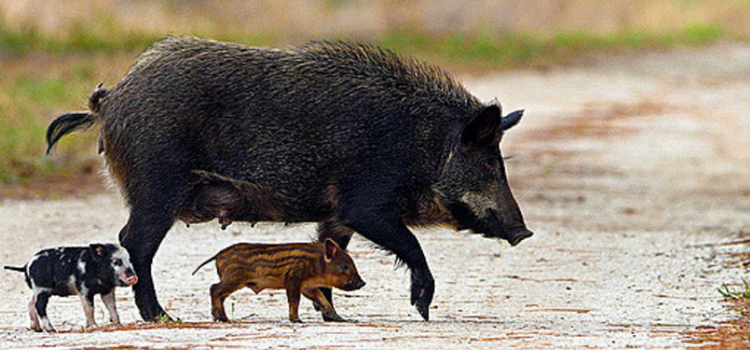
by Kaitlyn Biri, Special Contributor
Water Markers // Giving Directions
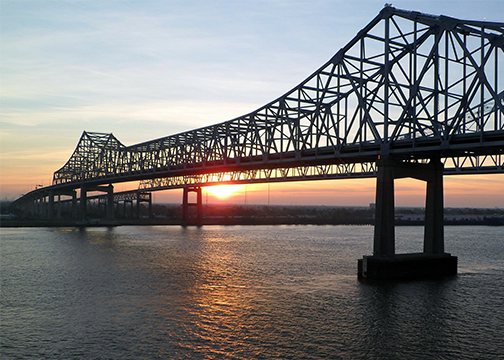
by Jenna Orgeron, Special Sections Editor Whether acting as an obstacle or navigation tool, the waterways of Louisiana’s bayou region affect the way residents travel and give directions. Daily commutes require a little more planning when bridges and boat traffic have to be figured in. Especially when a bridge is out, leaving travelers stranded. Currently, […]
Celebrating Water // Bayou Festivals
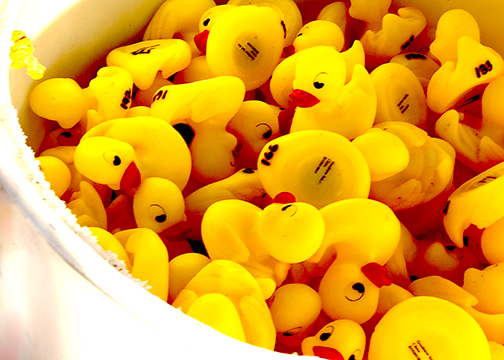
by Jenna Orgeron, special sections editor Locals have not only formed careers and communities based on the numerous waterways of South Louisiana, but they have crafted entire festivals to celebrate the environment that supports their way of life. Festivals and celebrations like Paddle Bayou Lafourche, Tarpon Rodeo, Alligator Festival, Voice of the Wetlands and Thibodeauxville […]
Talk Cajun to Me // “Water Speaking”
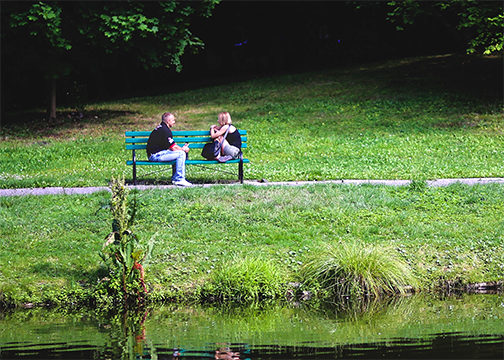
by Jenna Orgeron, special sections editor Some southern Louisiana natives still speak in their own language, which evolved from a combination of cultures influenced by their ancestors who first settled along the waterways in the bayou region. Edward Ledet, a fluent Cajun French speaker who was born and raised on Bayou Lafourche, says a large […]
Let Me “Bayou” a Drink // Bar Hopping
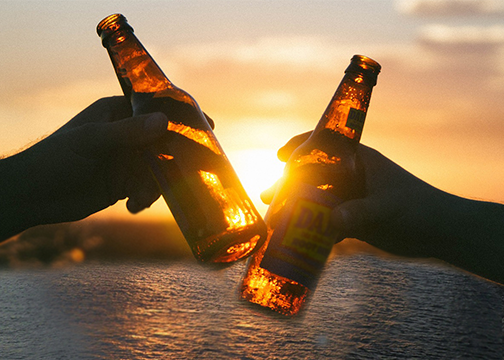
by Jenna Orgeron, special sections editor Boat bar-hopping is just one of the unique activities that bayou region residents have discovered and mastered based on their surrounding environment. Seth Cheramie, a 24-year-old resident who was born and raised on the bayou said this is his favorite pastime on the weekends. “It’s something we’ve done since […]
